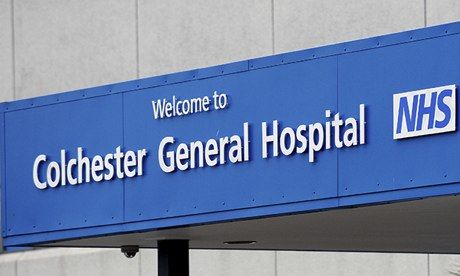
The scandal over cancer treatment at a leading hospital has widened after it emerged that its own officials now fear that at least 6,000 patients may have had their records falsified to meet treatment targets.
Investigations by the Observer into the crisis at Colchester general hospital have also established that inquiries into whether staff were bullied into changing records will include the questioning of the hospital's chief executive, Gordon Coutts.
It emerged last week that the hospital's cancer unit is being investigated by police after staff said they had been "pressured or bullied" into changing data relating to patients in order to meet targets for cancer treatment. The healthcare watchdog, the Care Quality Commission (CQC), said the records of 22 patients, out of a sample of 61 that were examined, had been altered to conceal the fact that they had faced "extensive" delays for treatment, which in some cases could have put their lives at risk.
Data was changed to make it appear that the hospital was meeting national cancer targets, which demand that patients wait no more than 62 days from urgent GP referral to completion of the first phase of treatment.
Initially it was reported that the records of the 22 patients appeared to have been changed and that 30 patients or next of kin had been written to, offering to review their treatment. However, sources close to the investigation now say that 6,000 or more patients referred to the Essex hospital between 2010 and 2013 may be caught up in the scandal.

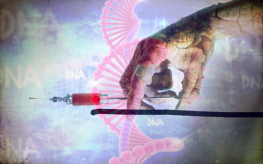
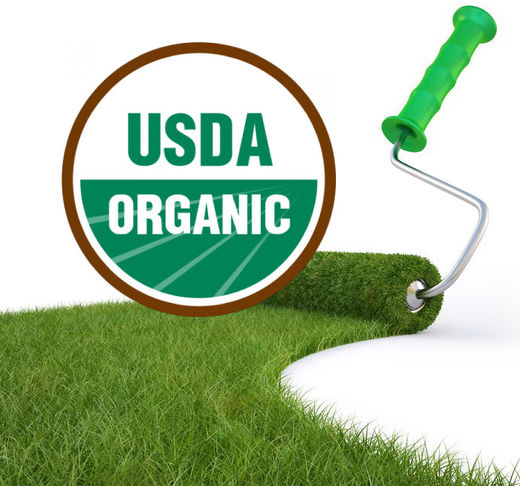
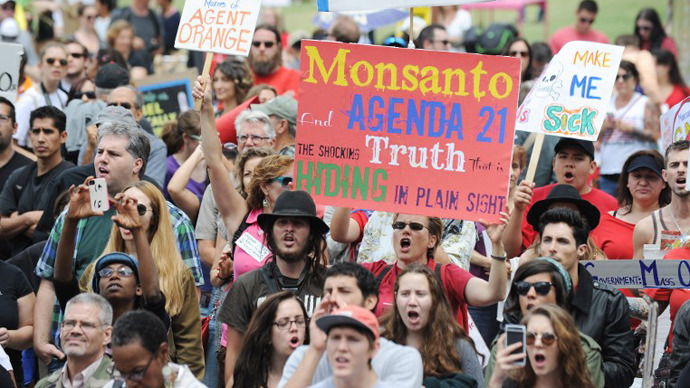
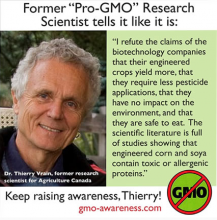
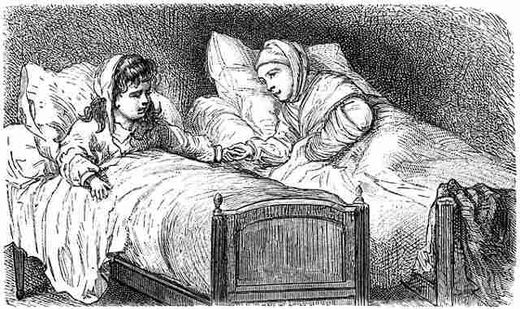
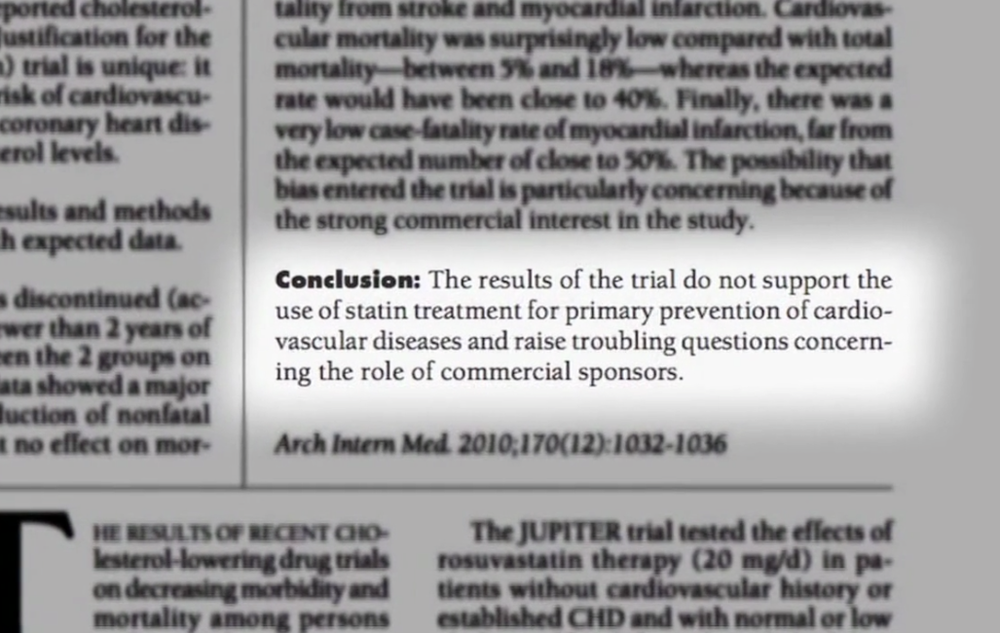
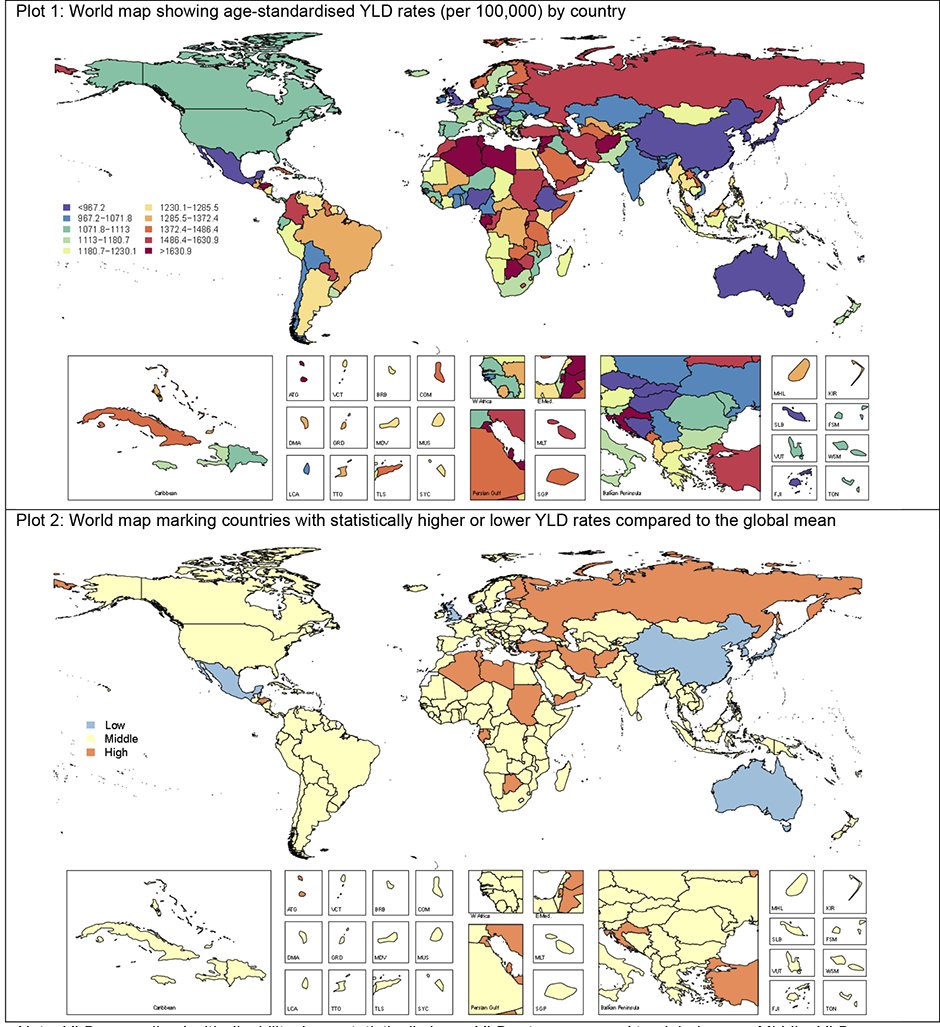



Comment: How Safe Are Vaccines? Read the following SOTT articles to learn more: